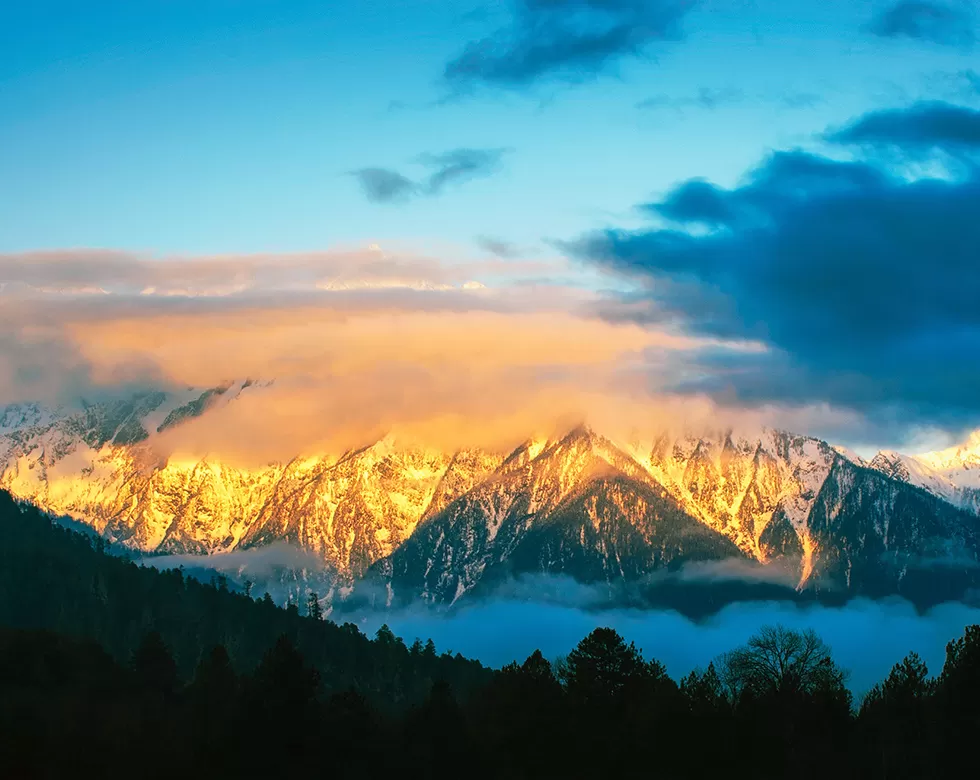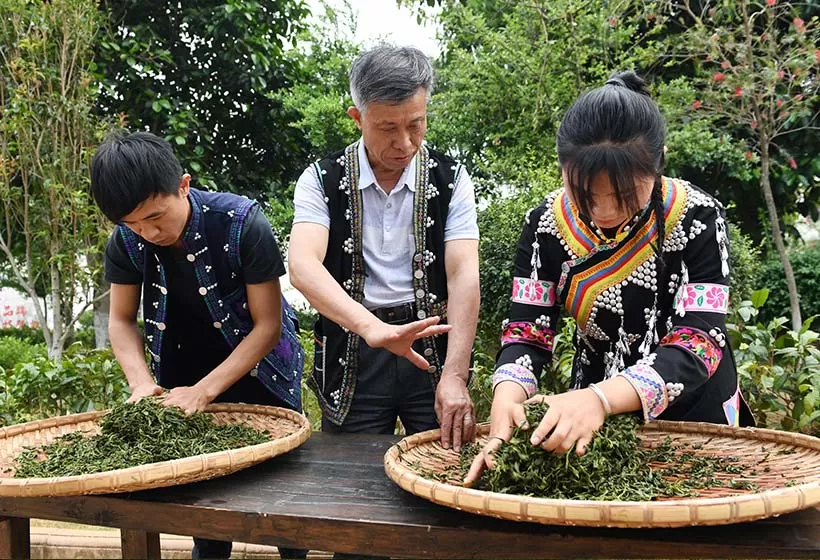China Shangri-La Tours
Shangri-La is a fictional area described in the 1933 novel Lost Horizon by British author James Hilton. In the novel, "Shangri-La" is a mystical and harmonious valley, an earthly paradise and a permanently happy land, isolated from the outside world. In the book Lost Horizon, people who lived at Shangri-La are almost immortal, living years beyond the normal lifespan and only very slowly aging in appearance. One of such places is mentioned to be situated somewhere in Zhongdian, Yunnan. It is in somewhere in your heart after your China Shangri La Travel! Solo travelers, family groups or seniors will be mesmerized by Shangri La and we offer tours to meet all specifications.
Please click the Yunnan tours if you are only interested in it.

Hi Grace! Thanks for the response and the photos!! We had a wonderful time!! Sure you can put us as reference, let me know if you need anything else!The rice terraces for us were amazing. The fact of sleeping in the village in such amazing hotel was so special. Furthermore it combined everything: culture, nature, exercise and the time to enjoy it. Biking in Yangshuo Countryside I would have to say..." Read More
The best China tour packages for the 'Lost Wonderland'
According to reports, Sichuan, Yunnan and Tibet are planning to collaborate on establishing a 'China Shangri-La Ecotourism Area'.
The preliminary program will define the future Shangri-La area to be in the scope of Southwest Sichuan, Northwest Yunnan and Southeast Tibet. Administrative jurisdictions cover 50 counties of 9 adjacent prefectures in the three provinces, including Ganzi Tibetan Autonomous Prefecture, Liangshan Yi Autonomous Prefecture and Panzhihua in Sichuan Province, Diqing Tibetan Autonomous Prefecture, Dali Bai Autonomous Prefecture, Lijiang in Yunnan Province, Nyingchi and Chamdo in Tibet.
This area is endowed with unique highland flora and fauna of snow mountains, lakes, grasslands, forests and wild animals, exactly the living portrayal of the world-known Shangril-La.

Shangri-La Adventure
14 Days Beijing - Chengdu - Lijiang - Shangri La - Kunming - Shanghai

Best China with Classic Yunnan
16 Days Beijing - Xi'an - Kunming - Dali - Shaxi - Lijiang - Shangri La - Shanghai

Highlights with Secret Shangri La
19 Days Beijing - Xi'an - Lijiang - Tacheng - Cizhong - Deqin - Benzilan - Shangri La - Shanghai
Top Cultural Experiences for a Shangri La Tour
Our travel expert will reply you in 24 working hours!
GREAT FAMILY CHINA TOUR
JULY 2024 We wanted to thank Grace at China Culture tour for organizing a great tour of China. We enjoyed our Beijing - Xian-Chengdu -Guilin -Yangshuo - Shanghai trip. Our local guides Bruce in Beijing, Susan in Xian, Jane in Chengdu, Mike in Guilin and Mary in Shanghai took care of us…read more details »
Teng Han L from SINGAPORE
Ready to Create a Unique Dream Travel?


